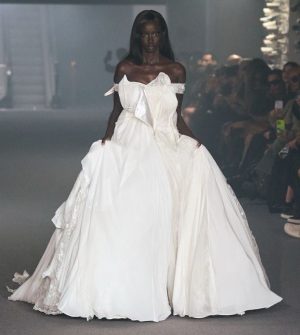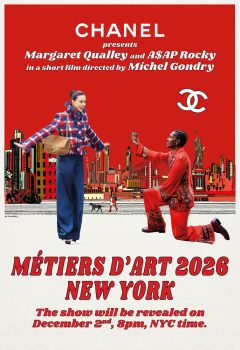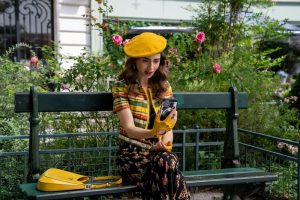From the full circle skirts and sleek pencil dresses to the glamorous allure of victory rolls, winged eyeliner and red lipstick, 1950s fashion trends offer a timeless, bold aesthetic. What are the common mistakes to avoid when shopping for vintage apparel? And how should we integrate 1950s fashion trends into a retro- modern look?
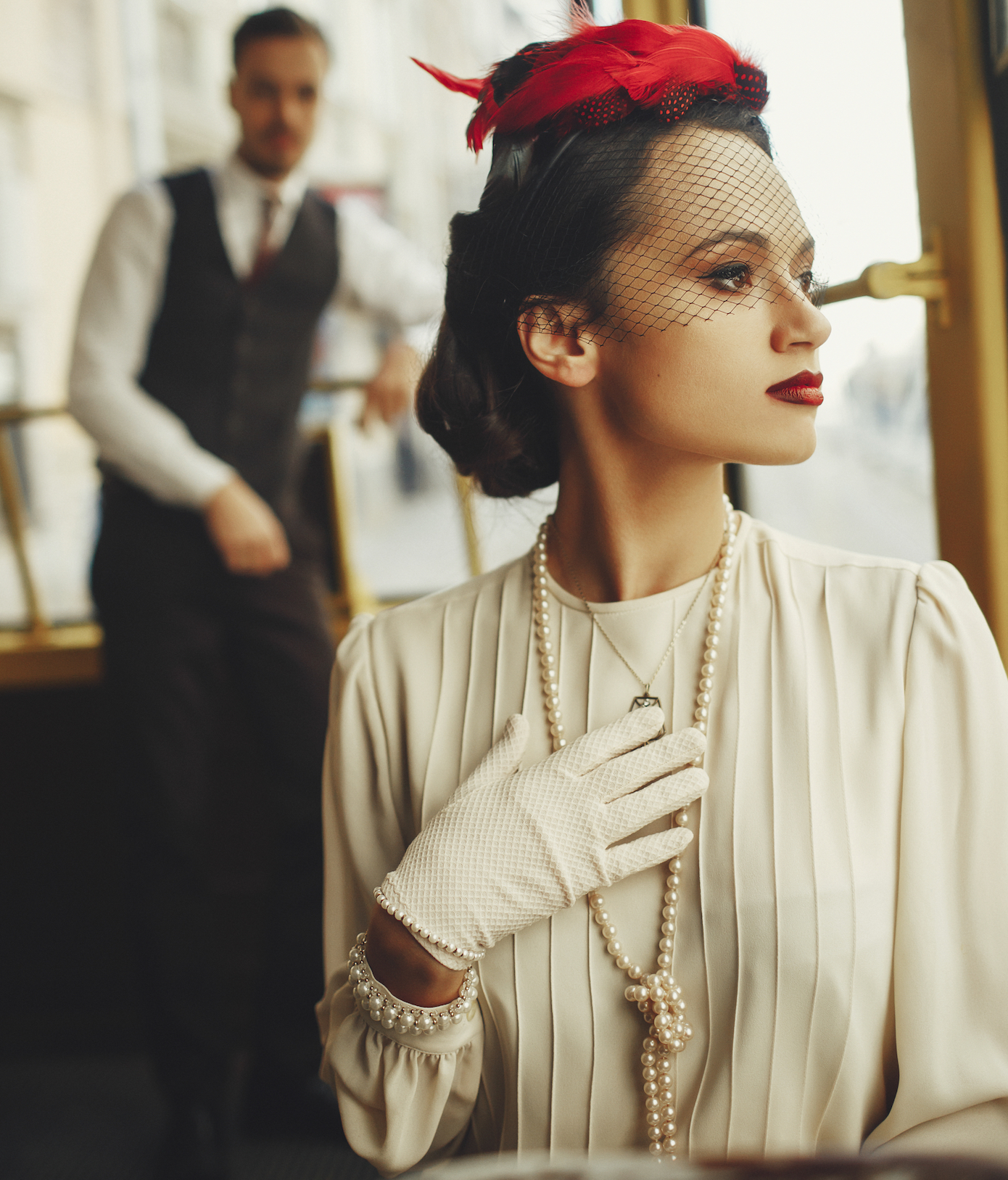
1950s fashion trends
Think of the era when Grace Kelly or Audrey Hepburn popularised elegance with style. The 1950s were a tumultuous decade of space travel, rock ‘n’ roll music and the birth of abstract art. The calm after the end of World War II highlighted slim waistlines, glamour and grooming took focus.
During the 1950s, fashion reached its glamorous peak, shaped by the cultural and historical shifts following World War II. As nations emerged from the hardships of wartime, a wave of prosperity and consumerism swept across the West, fueling a desire for new styles that reflected optimism, freedom, and luxury. This economic boom encouraged the transition of fashion from its wartime emphasis on austerity and utility to a celebration of elegance, beauty and glamour.
Influential Hollywood icons such as Marilyn Monroe and James Dean played a crucial role in shaping the ideals of youthful glamour, rebellious spirit, and glamour. As a result, 1950s fashion became a reflection of societal shifts—balancing the desire for comfort and practicality with a newfound love for luxury and bold self-expression—with cinched waists, voluminous skirts, sleek hair, and fashion accessories.
Per Vogue: “When academics talk about 1950s fashion history, the era is usually defined as 1947-1957—and just so happens to coincide with the years that Christian Dior operated his fashion label. After the designer’s premature death in 1957, 21-year-old Yves Saint Laurent took the reins at Dior, closing out the decade with his beatnik-inspired collection of 1960.”
The look is relevant in modern times with fashion designers offering a fresh take on vintage elegance. For Fall 2023, Prada showcased white A-line skirts with 3D flowers; Bottega Veneta showed a lemon floral skirt, Maria Grazia Chiuri sent out flirty floral editions at Dior; and Carolina Herrera tried the exaggerated, bell shape. Let’s take a closer look at 1950s fashion trends!!
Key 1950s Fashion Trends
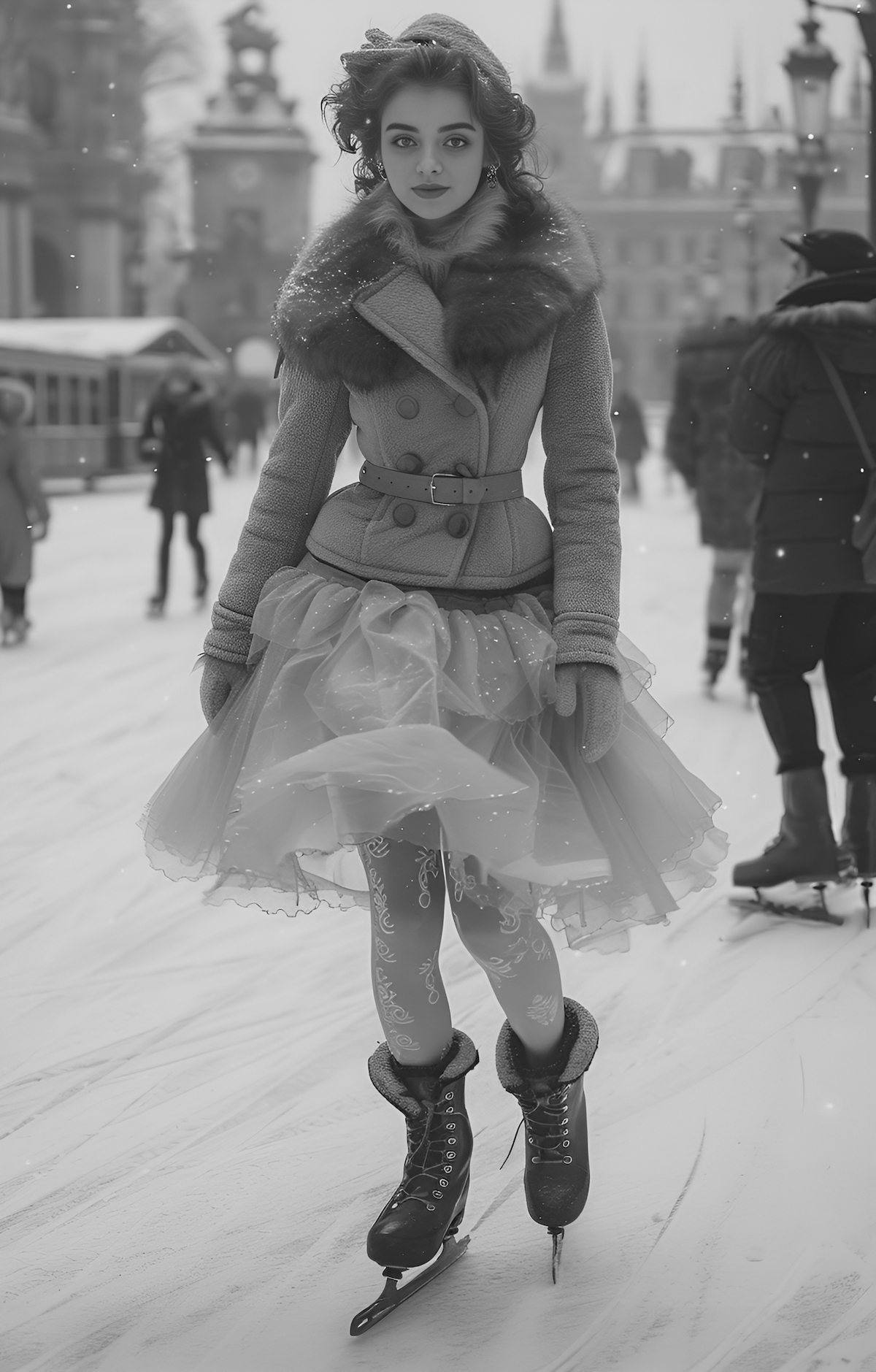
1950s Fashion Trends
Full Circle Skirts: The 1950s popularised the hourglass silhouette with full, voluminous circle skirts often worn with petticoats. Per Vogue: “The silhouette put forth by Christian Dior in his 1947 New Look Corelle Line collection dominated the 1950s. The nipped-in-the-waist dresses, which exaggerated the feminine silhouette, represented a rapid-speed swing of the pendulum; in the 1940s, masculine silhouettes with crisp wartime shoulders and slim hips ruled. Now, shoulders were softened with padding that rounded them, waists were snatched and shrunk to Victorian proportions, and hips were exaggerated with tulle and crinolines that added bulk.”
Capri Pants and Cardigans: For casual wear, women embraced capri pants and cropped tops, paired with fitted cardigans or boleros. This relaxed yet stylish approach reflected the post-war optimism and the rise of leisurewear, combining comfort with chic aesthetics.
Teddy Boys: In addition to the youthful, wrong side-of-the-tracks looks delivered by Marlon Brandon and James Dean on screen—i.e. denim, plain white tee, and sneakers—a new archetype emerged in the 1950s. The Teddy Boys look dominated youth subculture—i.e. narrow suits, slim pants and hair slicked back into quiffs which rock star Elvis Presley styled and made it iconic.
Cat-Eye Glasses: Bold, cat-eye glasses became a signature accessory, adding a touch of glamour and sophistication to everyday looks.
Victory Rolls, Red Lips and Winged Eyeliner: Hairstyles in the 1950s often featured victory rolls—rolled sections of hair styled high on the head—paired with soft curls or bouffants. These hairstyles were often accessorised with headscarves or hair pins. Makeup in the 1950s centered around bold, red lipstick, which became a symbol of femininity and allure. Winged or cat-eye eyeliner further accentuated the eyes, creating a dramatic, glamorous look.
RELATED CONTENT
Fashion trends for teenage guys
The mistakes to avoid when shopping for iconic 90s outfits
- Focusing Only on Vintage for Authenticity
You might find a “vintage” 1950s poodle skirt online but it could be a cheaply made reproduction or a modern mass-produced item falsely marketed as vintage. Instead, look for reputable vintage shops like Etsy Vintage or Kostüme Vintage, or consider high-quality reproductions from brands like Unique Vintage.
- Ignoring Proper Fit and Tailoring
Buying a 1950s-style wiggle dress that fits poorly will ruin the silhouette. Always try items on or factor in tailoring—like taking in the waist or adjusting straps—to achieve a fitted look.
- Overlooking Quality and Condition
A 1950s leather handbag with tears may look charming but can be short-lived. Similarly, a vintage cotton blouse with yellowing or stains might require extensive cleaning. Always scrutinise photographs or ask for detailed condition reports; prioritize items with minimal wear, sturdy fabric, and intact hardware.
- Neglecting to Consider Modern Lifestyle Compatibility
An authentic 1950s crinoline or hoop skirt might be stunning but impractical for everyday wear in a busy city environment. Instead, opt for modern reproductions that incorporate the vintage aesthetic but are more comfortable—like a swing skirt with a retro print.
- Failing to Verify Authenticity and Provenance
A seller might advertise a “1950s” leather belt, but upon closer inspection, it could be a reproduction. Always ask for provenance, detailed photographs, or certification. Trusted sources like The RealReal or Vintage Fashion Guild can help verify authenticity, preventing costly mistakes.
Celebrities who influenced 1950s fashion trends
One of the most influential figures of the era was Marilyn Monroe, whose figure-hugging dresses, sweetheart necklines, and platinum blonde hair inspired women to imitate her sensual yet sophisticated look. Her iconic white halter dress from “The Seven Year Itch” remains a symbol of 1950s glamour and a blueprint for vintage-inspired fashion.
Another celebrity influence was Audrey Hepburn, whose elegant and understated style offered a contrast to Monroe’s bold glamour. Hepburn favoured simple, chic silhouettes, such as the classic little black dress, cropped capri pants, and ballet flats, which became 1950s fashion staples. “Breakfast at Tiffany’s” and “Roman Holiday” cemented her status as a fashion icon, promoting a minimalist aesthetic that appealed to women seeking a chic, modern look.
Meanwhile, Elvis Presley contributed to a youthful, rebellious fashion movement that challenged traditional standards. His rock-n-roll look—leather jackets, slim pants, and slicked-back hair—reflected individuality that appealed to the teenage demographic. Elvis popularised a casual, edgy approach to fashion, which contrasted with the polished glamour of Hollywood icons. Additionally, the white tee donned by Marlon Brando in “A Streetcar Named Desire” became a marker of the bad boy look. Paired with jeans, as worn by James Dean in “Rebel Without a Cause”, the look represented a celebration of youth.
Marilyn Monroe, Audrey Hepburn, and Elvis Presley continue to influence both high fashion and streetwear. Monroe’s glamorous and sensual aesthetic set a standard for red carpet elegance and Hollywood-inspired glamour. Audrey Hepburn’s minimalist elegance and timeless silhouettes laid the groundwork for clean lines and simple accessories, evident in minimalist fashion movements. Elvis Presley’s rebellious, edgy style has persisted through rock-chic and street style, inspiring bold leather jackets and graphic prints embraced by contemporary musicians, fashion designers, and youth culture.
Top Fashion Designers of the 1950s
Christian Dior, Balenciaga, Mainbocher, Paquin, Pierre Balmain, Jacques Fath, Norman Norrell, Nettie Rosenstein, Vera Maxwell, Hubert de Givenchy, Emilio Pucci, Claire McCardell, Bonnie Cashin, Pauline Trigère, Hardy Amies, Norman Hartnell, Edward Molyneux, Digby Morton, Creed, and Pierre Cardin.
Why are 1950s fashion trends seeing a resurgence?
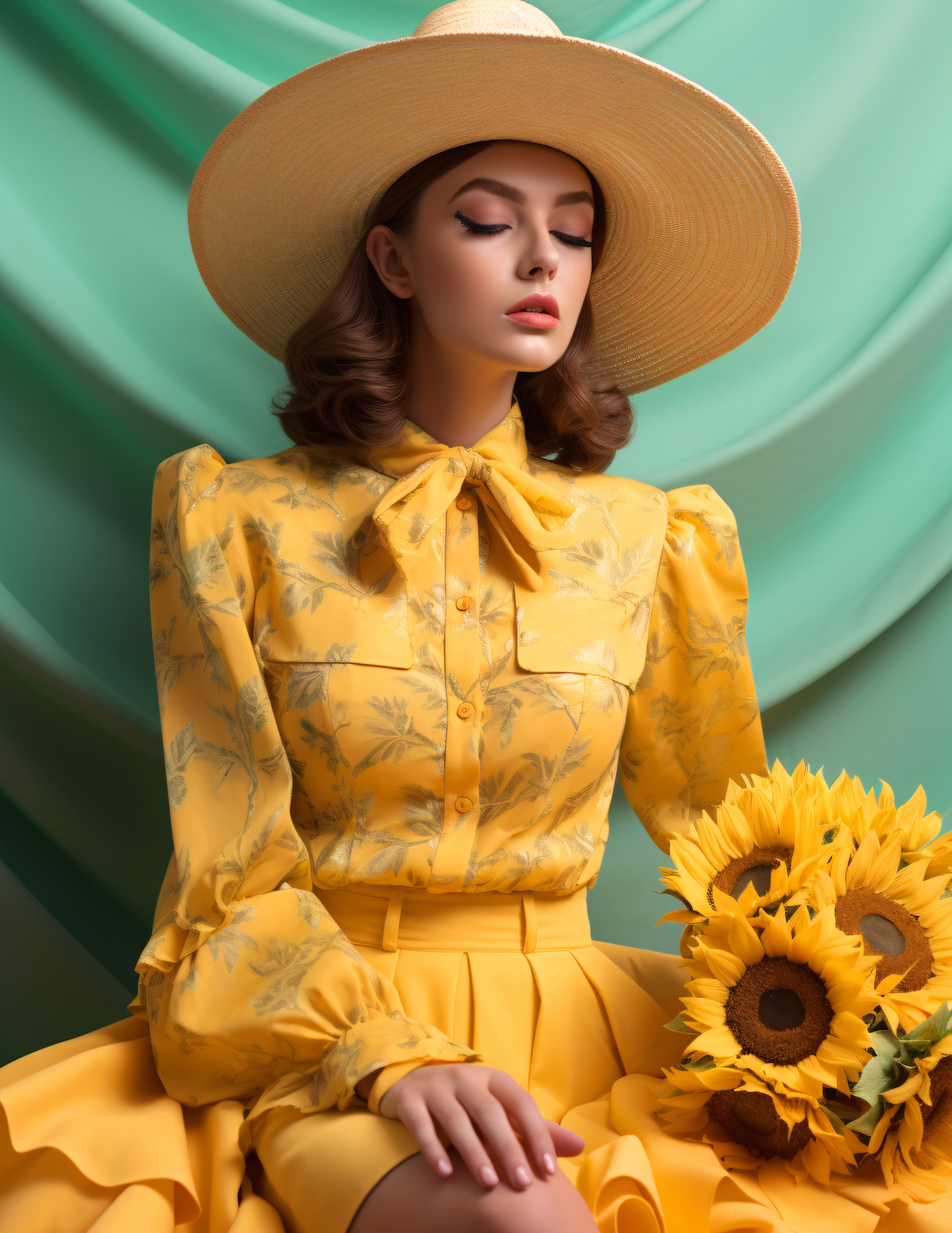
1950s fashion trends
A combination of nostalgia, cultural influence, and eco-awareness explains why 1950s fashion trends continue to inspire contemporary closets. Designers and consumers seek distinctive styles that stand out from the fast-paced, mass-produced fashion.
For example, the revival of full-skirted dresses and petticoats echoes the iconic looks worn by Marilyn Monroe, offering a sense of glamour and femininity that feels both nostalgic and fresh. This nostalgic appeal is amplified by films and social media showcasing vintage-inspired outfits that inspire a new generation to embrace the polished, sophisticated silhouettes of the 1950s.
The desire for authenticity and uniqueness in fashion has made vintage-inspired styles highly desirable, further fueling the trend. Influencers and fashion icons frequently incorporate vintage pieces or vintage-inspired designs, creating viral trends. For example, the resurgence of high-waisted jeans and cropped cardigans, reminiscent of the 1950s pin-up style, has been popularised by Taylor Swift and Zendaya. These modern reinterpretations combine retro elements with modern aesthetics, appealing to a broad audience.
Lastly, the current emphasis on sustainability and slow fashion has contributed to the renewed interest in 1950s fashion trends. Buying vintage or secondhand clothing reduces environmental impact and promotes ethical fashion choices, aligning with the eco-conscious mindset of many consumers today. The high-quality construction of 1950s garments, often made with durable fabrics, aligns with the modern ethos of investing in lasting pieces. Retailers are increasingly offering vintage-inspired collections or curated vintage sections.
FAQs on how to style 1950s outfits today
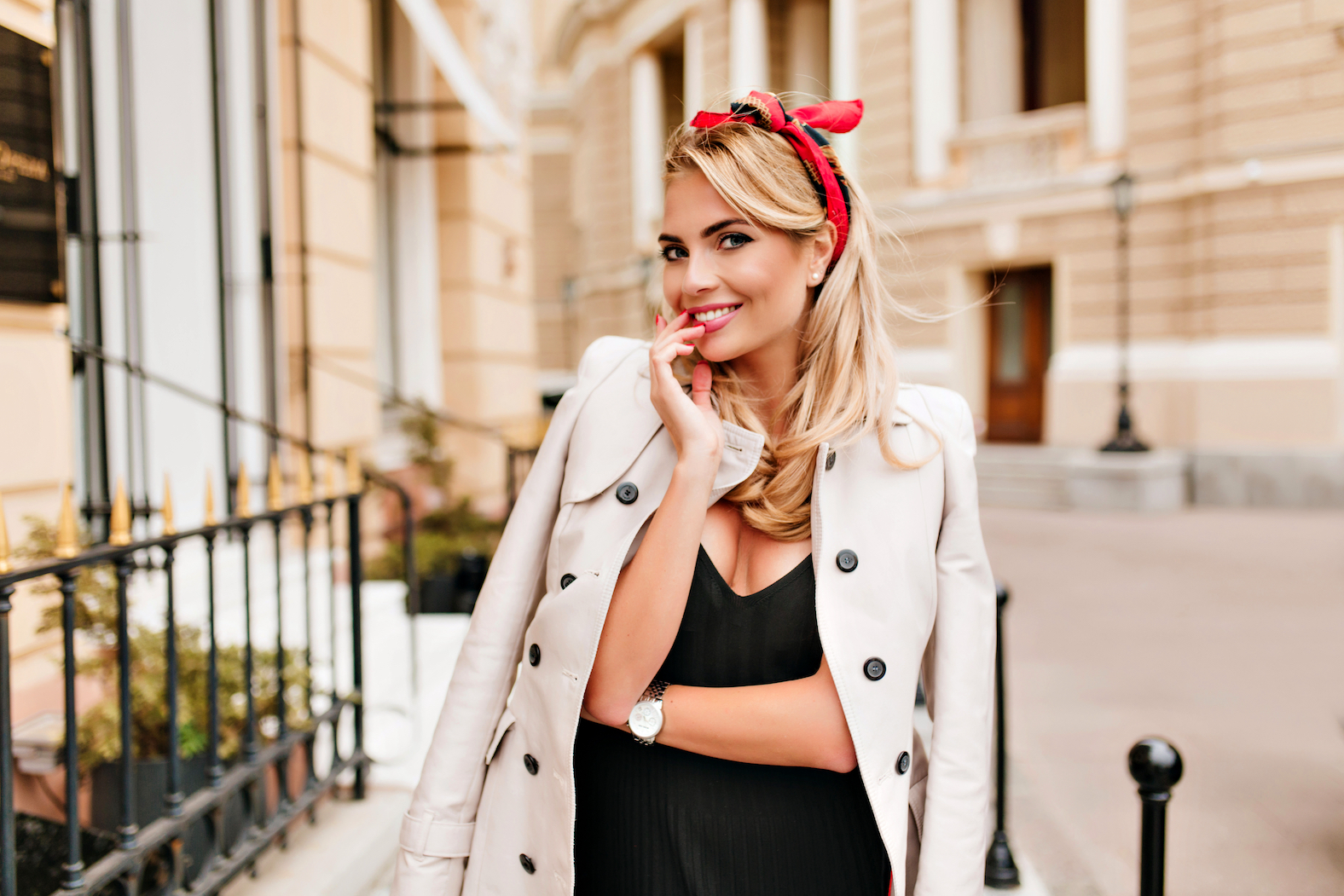
How to style 1950s outfits
How can I incorporate 1950s fashion elements into modern looks?
Mix vintage pieces like a swing skirt or cat-eye sunglasses with contemporary clothing.
What are essential 1950s wardrobe staples?
A full circle skirt, fitted cardigan, polka dot dress, poodle skirt, and saddle shoes are classic staples.
How do I achieve a 1950s hairstyle?
Opt for victory rolls, pin curls, or a sleek, high ponytail paired with red lipstick and winged eyeliner.
What accessories are key to 1950s style?
Cat-eye sunglasses, pearl jewelry, headscarves, gloves, and vintage handbags complete the look.
Can I wear 1950s outfits for everyday casual wear?
Absolutely! Incorporate casual elements like a polka dot top with jeans or a swing skirt with sneakers.
How do I choose the right fit for a 1950s-inspired look?
Focus on fitted waistlines and A-line skirts to accentuate your waist and create the hourglass silhouette.
Are there any modern brands that sell 1950s-inspired clothing?
Yes, many brands like Unique Vintage, ModCloth, and Lindy BIndy offer authentic vintage-inspired pieces.
What colours and patterns are characteristic of 1950s fashion?
Bold polka dots, florals, gingham, and pastel shades.
How can I adapt 1950s fashion for more conservative or modest styles?
Layer with cardigans, wear longer skirts, or add high-neck blouses.
Are there any tips for shopping for vintage 1950s clothing?
Look for reputable vintage stores or online shops, check the condition carefully, and consider tailoring for the perfect fit.
Conclusion: Key takeaways
1950s outfits are experiencing a resurgence. Social media platforms like Instagram have played a crucial role in this revival, with influencers and fashion enthusiasts showcasing vintage looks. From cinched waists and full skirts to winged eyeliner and cat-eye sunglasses, these trends are being incorporated into contemporary wardrobes.
Moreover, the resurgence of 1950s fashion trends is a reflection of shifting cultural values, where comfort and individuality are prioritised. The era’s eclectic styles—from haute couture to rebellious bad-boy looks—encourage personal expression, allowing wearers to curate outfits that feel authentic.
The popularity of thrift shopping and sustainable fashion further fuels this trend, as people seek out vintage pieces that tell a story. As a result, 1950s fashion is a movement that champions creativity and sustainability, reminding us that iconic styles transcend time while adapting to the evolving landscape of fashion.
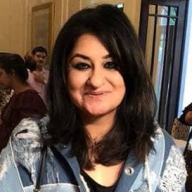
Jasmeen Dugal is Associate Editor at FashionABC, contributing her insights on fashion, technology, and sustainability. She brings with herself more than two decades of editorial experience, working for national newspapers and luxury magazines in India.
Jasmeen Dugal has worked with exchange4media as a senior writer contributing articles on the country’s advertising and marketing movements, and then with Condenast India as Net Editor where she helmed Vogue India’s official website in terms of design, layout and daily content. Besides this, she is also an entrepreneur running her own luxury portal, Explosivefashion, which highlights the latest in luxury fashion and hospitality.








